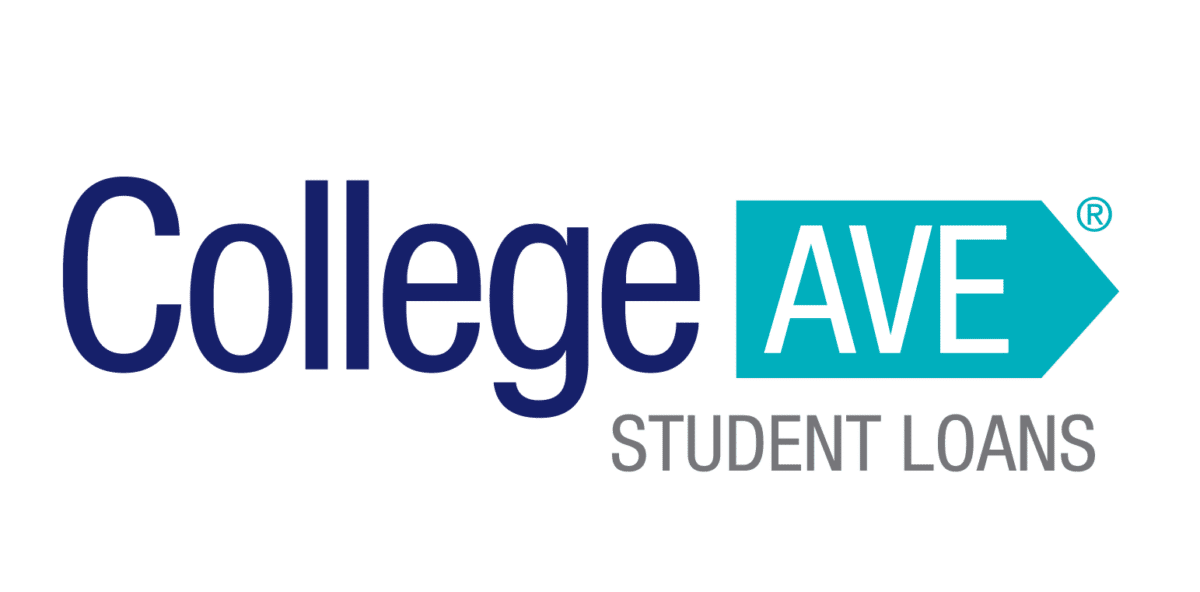
The decision to apply for private student loans — or not — is a big one. On average, students graduate with $36,520 in student loan debt. This amount of debt can seriously impact your post-college financial and life plans. In fact, a recent Student Loan Planner survey found that 51% of borrowers with high student debt delayed having children.
As you start applying for financial aid, at some point, you’ll likely ask yourself, “When should I apply for private student loans?”
Here’s what to know about student loans and applying for them.
When it makes sense to apply for private student loans
If you’ve exhausted all other avenues for financial aid (more on this later), private student loans might be a necessary final recourse.
Before diving into more debt than you’re comfortable with, however, also ensure that the student loan debt is worth the degree.
The decision to take on private student loans might be warranted, for example, if you’re pursuing a lucrative career like engineering. The typical student debt that students take on is between $30,000 to $70,000, but an engineer can earn a median of about $91,010 annually. In this situation, the debt might be worth the potential future income.
2 crucial steps to take before applying for student loans
Private student loans shouldn’t be the first place you seek funds for your education. In fact, they should be the absolute last place you turn to for education costs. Here’s where to find financial aid, first.
1. Scholarships
Scholarships should be your first stop in your search for funds. When looking for scholarships, you might be surprised by the wide range available. No matter where you stand in life, there’s likely a scholarship out there that you’re eligible for.
Sites like FastWeb and College Board aggregate scholarship opportunities making it easy to find a scholarship that matches you and your funding needs. The sooner you start your scholarship hunt, the better off you are. Scholarships often have lengthy opening periods; depending on the organization, it can take several months to announce the winner.
Don’t be afraid to apply for small scholarships, either. Just a few small award amounts can add up, quickly. Plus, every bit you can cover now saves you thousands on student loan interest in the future.
2. Submit a FAFSA
Not everyone can have their financial needs covered entirely by scholarships. The Free Application for Federal Student Aid (FAFSA) should be your next stop as you round-up money to pay for school. When you fill out this form, your prospective school decides on your financial aid award.
You’ll receive a formal award letter from each school with details, like the school scholarships, state grants, federal loans and other aid you qualify for. In some cases, these financial aid options cover your education costs without having to borrow private student loans.
If your family’s financial circumstances have changed since you submitted the FAFSA, you can appeal the financial aid award through a Professional Judgment.
The deadline for the FAFSA is June 30th of the final calendar year within an academic year. For example, for the 2021-2022 academic year, the FASFA form should be submitted by June 30th, 2022. Your school might have an earlier deadline, so make a note of it. But typically, you’ll fill this out in the same timeframe that you apply to schools.
When to start applying for private student loans
Private student loans should be a last resort after exhausting your scholarship, grant and federal loan options. After you’ve received your FAFSA award, it’s time to start applying for private student loans to cover the difference.
The good news is that you can apply for private student loans at any time. Unlike federal student loans, which have deadlines for the academic year, private student loan applications are often accepted on a rolling basis.
The ability to apply for private loans throughout the semester can come in handy. For example, if an unexpected educational expense comes up mid-semester, a private student loan can help.
If you know that you’ll need funds by a particular date, make sure to apply well in advance. Although the application itself might only take a few minutes to fill out, it can take longer if you’re struggling to find a willing cosigner or don’t get approved right away.
Related: 9 Lenders Offering Private Student Loans Without a Cosigner
How to apply for private student loans
If you’ve determined that you need to apply for a private student loan, here are the basic steps to take:
- Research private student loans lenders. You’ll want to work with a reputable company that’s known for taking care of its borrowers. Finding a lender through a marketplace, like Credible, is an effective option to narrow down your options. Although Credible doesn’t service loans itself, it can connect you to multiple lending options.
- Shop rates within a 30-day period. When comparing rates from a handful of top private loan lenders, do so within a 30-day timeline. This is a signal to credit bureaus that you’ve initiated a rate-shopping period for a single loan, minimizing harm to your credit.
- Pay attention to repayment timelines. Although some lenders won’t expect payments until after graduation, others expect payments as soon as funds are disbursed.
- Submit your application. Once you’ve decided on an offer that best matches your needs, submit a formal loan application. To complete this step, you’ll need to have your personal, school and financial information ready.
The lender will let you know if you’re approved for the loan. But before the funds are disbursed, the lender will ask your school to certify your enrollment status and other details about your application. If everything checks out, you'll receive the funds shortly after that.
Private student loans can be a viable way to fund your education. However, this type of loan shouldn’t be your first choice. Before looking at private student loan lenders, consider your scholarship and federal student loan options.
| Lender Name | Lender | Offer | Learn more |
|---|---|---|---|
| Sallie Mae |

|
Competitive interest rates.
|
Fixed 4.50 - 15.69%
Variable 6.37 - 16.78%
|
| Earnest |

|
Check eligibility in two minutes.
|
Fixed 4.67 - 16.15%
Variable 5.87 - 18.51%
|
| Ascent |

|
Large autopay discounts.
|
Fixed 4.09 - 14.89%
Variable 6.22 - 15.20%
|
| College Ave |

|
Flexible repayment options.
|
Fixed 4.07 - 15.48%
Variable 5.59 - 16.69%
|
